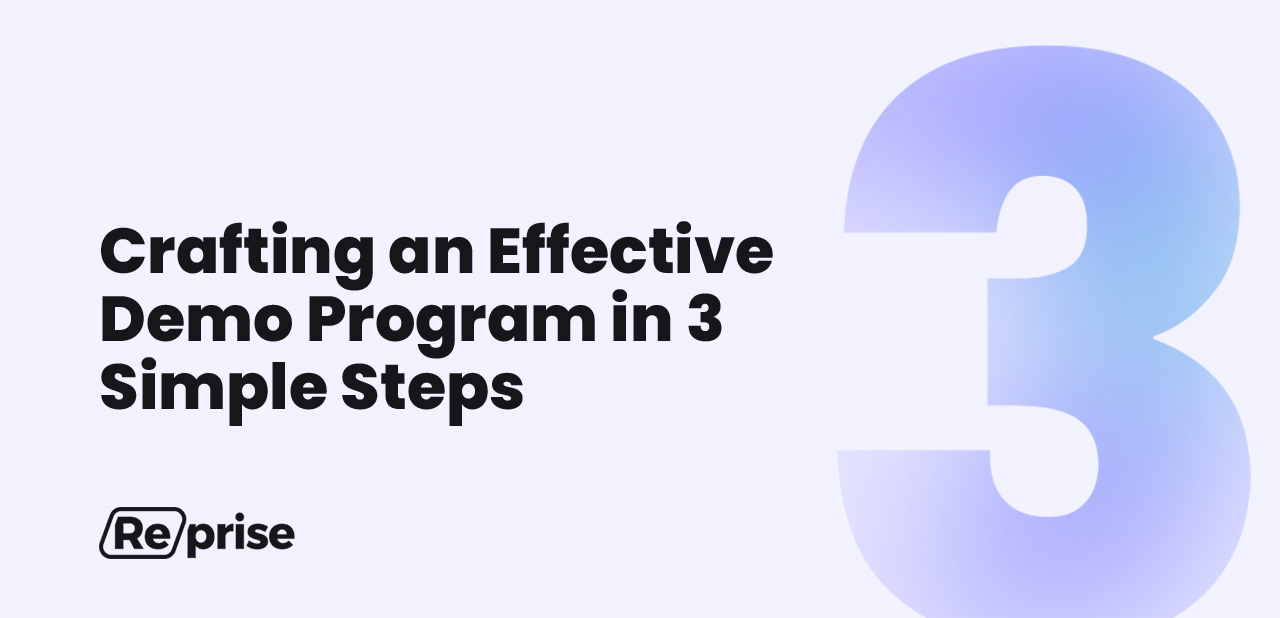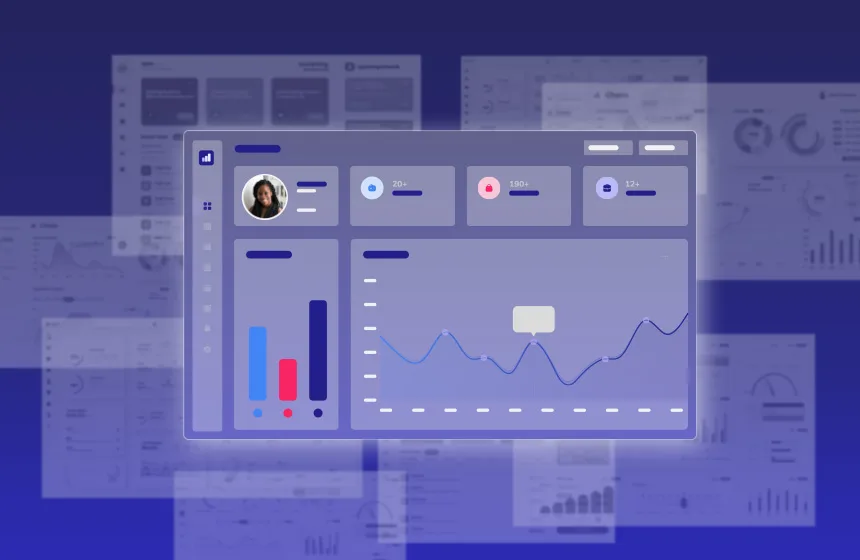Accelerate deals and increase win rates with the leading enterprise AI demo platform.
Crafting an Effective Demo Program in 3 Simple Steps

April 23, 2025
Table of Contents
An extended version of this article appeared on PreSales Collective, which you can read here.
Presales teams often find themselves scrambling to create last-minute demos or crafting custom presentations for each prospect, leading to inefficiencies and wasted time. But it doesn’t have to be this way. Establishing a robust demo program can streamline the process, empower your team, and ultimately drive more revenue.
How to Build a Demo Program
Here’s how you can build a demo program that works for you.
Step 1: Identify and Align Your Demo Program with Your Stakeholders
Start by identifying key stakeholders across your organization who can benefit from improved demo storytelling. This may include representatives from presales, sales, product, and marketing teams. By gathering input from these stakeholders early on, you can align on the best approach to demonstrate value to prospects through your product story. Focus on defining key messages, target audiences, and the role of demos at each stage of engagement. Having a set of capsule stories for different audience segments will set your team up for success when creating demo content and showcasing relevant features.
Step 2: Organize Demo Content
Next, create a system to organize your demo content. Utilizing a demo creation platform with library capabilities can help streamline content management and distribution. Organize your library based on how your team is likely to use the content, such as by type, stage in the lifecycle, vertical, pain point, sales play, or product. This ensures that demo users are aware of available assets and can easily access and customize them as needed.
Step 3: Implement a Governance Model for Continuous Demo Program Improvement
Implement a governance model to ensure consistency and continuously improve your demos over time. Standardize some demos while allowing others to be customized as needed. Use role-based access control to manage access and editing capabilities for different users. Measure the performance of your demos using metrics such as win rates, lead conversions, prospect feedback, and demo analytics. Use this data to refine and focus your demos, keeping the most successful ones and updating or retiring those that aren’t working.
By following these three steps, you can establish a comprehensive demo program that saves time, improves efficiency, and helps your sales organization win more deals. With the right preparation, organization, and measurement in place, your demo practice can become a well-oiled machine, empowering your team to deliver value to prospects with ease.






